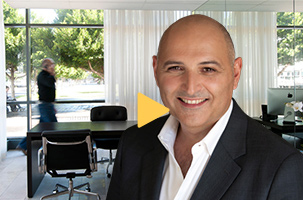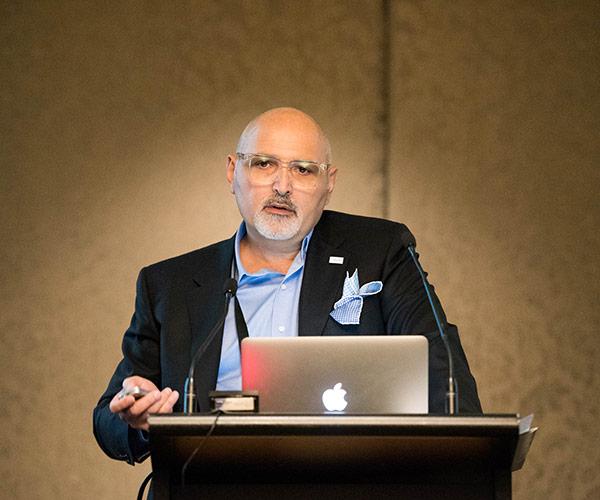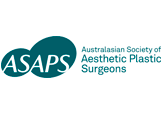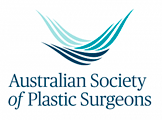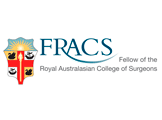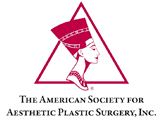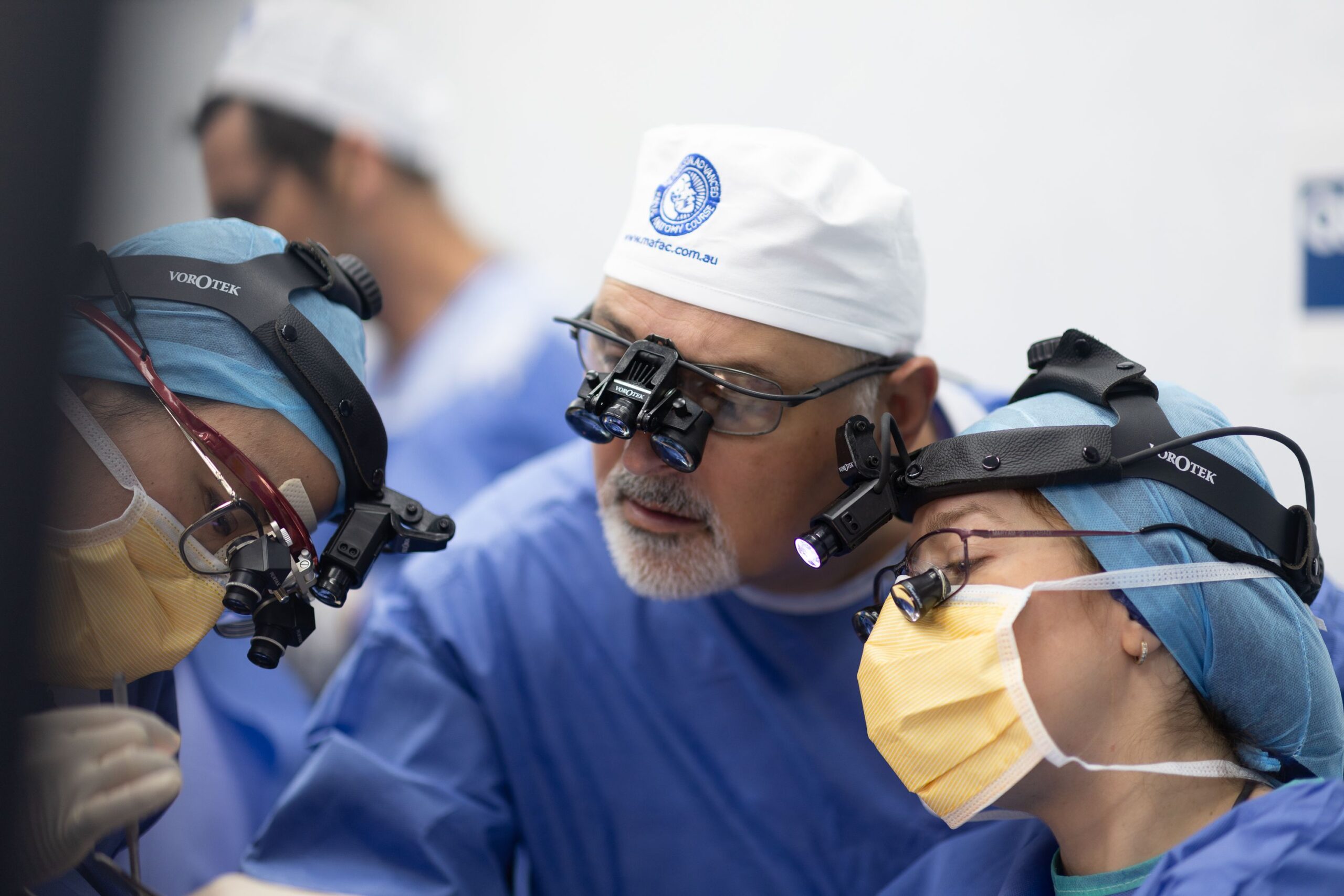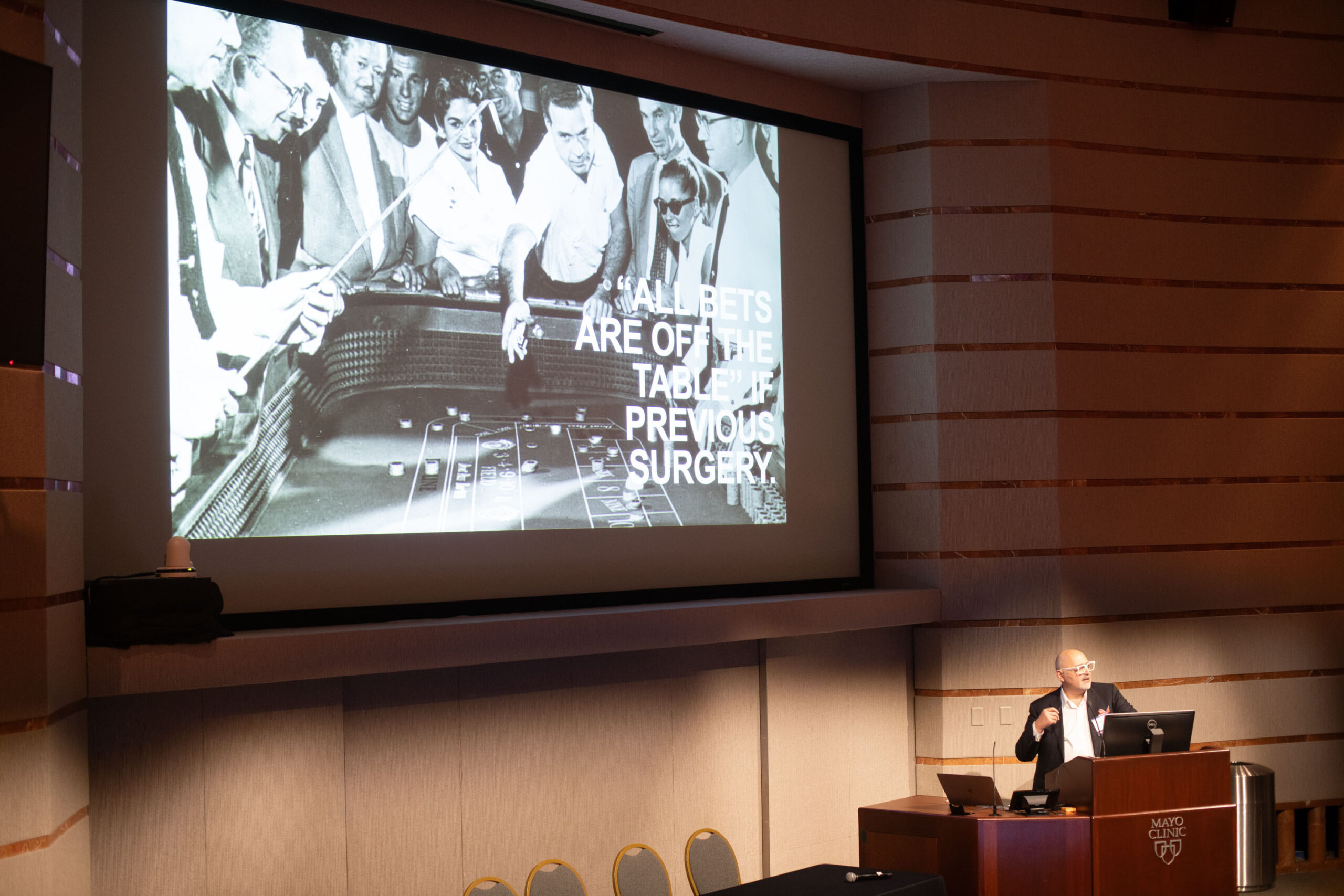Quick Facts
- Procedure Duration: 1–2 hours.
- Anaesthesia: General anaesthesia or local anaesthesia with sedation.
- Hospital Stay: Day procedure or overnight stay.
- Results: Immediate improvements, with final results after the swelling subsides (6–12 weeks).
- Longevity: Permanent results with implants or bone adjustment.
- Best Candidates: Healthy individuals with weak chin or unbalanced facial proportions.
What to Expect
Before Surgery:
During your consultation with Dr. Tim, a thorough assessment of your facial features will be conducted. Advanced imaging or mock-ups may be used to visualise potential results. Pre-operative instructions, including avoiding certain medications, will be provided.
During Surgery:
- For chin implants, a small incision is made inside the mouth or under the chin. The implant is placed and secured in a pocket created over the chin bone.
- For surgical genioplasty, the chin bone is carefully repositioned and fixed with screws or plates.
Both techniques are performed with precision to ensure a natural, balanced outcome.
After Surgery:
You may experience swelling, bruising, and tightness in the chin area, which are normal and will gradually subside.
Chin augmentation is a cosmetic procedure that enhances the chin’s shape and projection using implants or surgical bone repositioning.
Good candidates are healthy individuals with a recessed chin, weak jawline, or unbalanced facial proportions who desire a more defined appearance.
Chin implants involve inserting a silicone implant for volume, while genioplasty repositions the chin bone for structural adjustments.
Incisions are typically hidden inside the mouth or under the chin, resulting in minimal visible scarring.
Most swelling subsides within 2–4 weeks, and final results are visible after 6–12 weeks. Light activities can be resumed within a week, but strenuous activities should be avoided for 4–6 weeks.
Yes, the results of chin augmentation are permanent. Chin implants last indefinitely, while surgical genioplasty involves repositioning the bone for lasting structural changes.
Risks
Chin augmentation is generally safe, but like all surgical procedures, it carries potential risks, including:
- Swelling and bruising.
- Infection or implant-related complications.
- Numbness or altered sensation in the chin or lower lip (usually temporary).
- Scarring (minimal with proper care).
- Asymmetry or implant displacement.
Recovery Tips
- Follow Post-Operative Instructions: Dr. Tim will provide detailed aftercare guidelines to support a smooth recovery.
- Manage Swelling: Use cold compresses during the first 24–48 hours.
- Sleep with Your Head Elevated: This reduces swelling and improves comfort.
- Eat Soft Foods: Stick to a soft diet, especially if the incision is inside the mouth.
- Avoid Strenuous Activity: Refrain from heavy lifting or vigorous exercise for at least 4–6 weeks.
- Keep the Area Clean: Follow specific instructions for cleaning the incision site to avoid infection.

